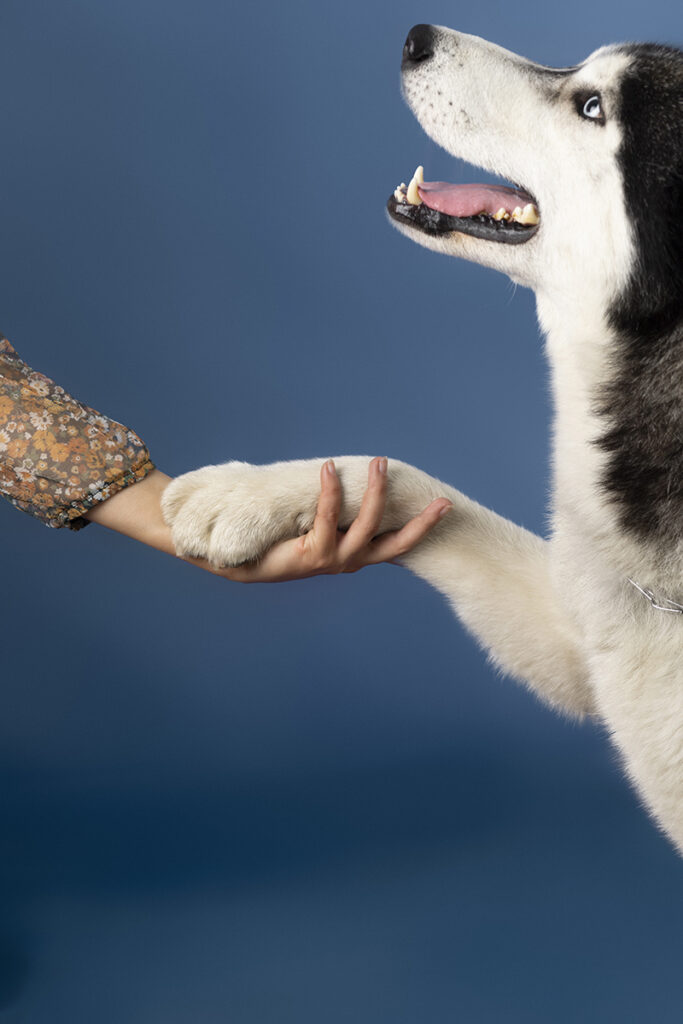Canine health is a multifaceted aspect that demands careful attention from responsible pet owners. One often overlooked element in maintaining a dog’s well-being is the proper care of their claws. The length and condition of a dog’s claws can significantly impact their overall health, posture, and gait. In this comprehensive guide, we will delve into the reasons behind overgrown claws, the importance of identifying when they are too long, and the tools and techniques for effective claw care.
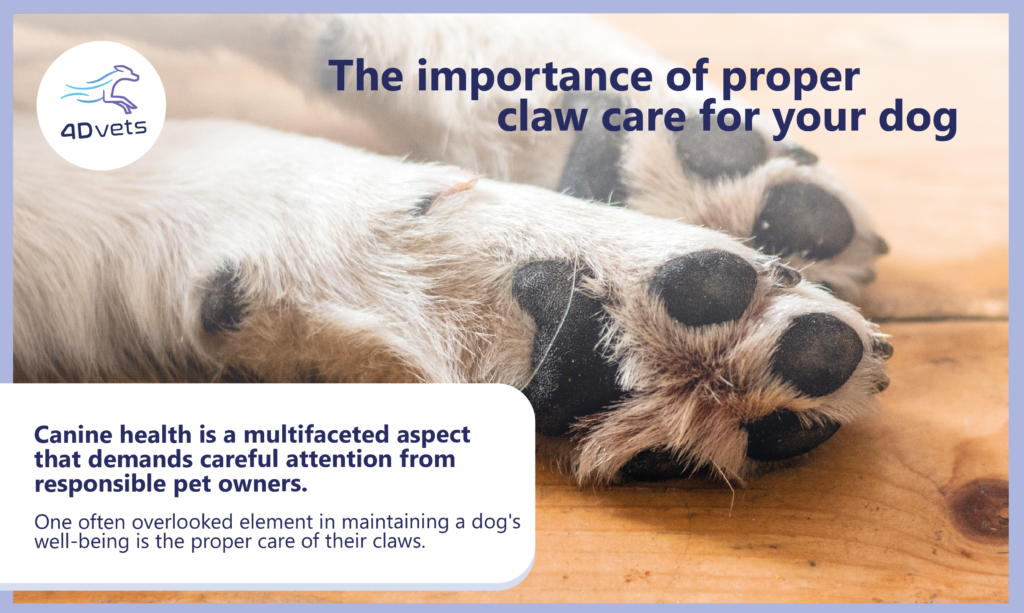
Why Do Claws Become Overgrown?
Understanding why a dog’s claws may become overgrown is crucial for preventative care. Several factors contribute to this issue:
Dogs that primarily traverse soft surfaces or lead a sedentary lifestyle face a risk of insufficient natural wear and tear on their claws. This limited wear and tear can lead to overgrown claws, posing potential issues for the canine companion.
Another significant factor is genetic predisposition. Certain breeds or familial traits may make some dogs more susceptible to overgrown claws. Recognizing these tendencies is essential for pet owners, as it calls for proactive management strategies to ensure the optimal health of their furry friends.
The role of nutrition in claw growth and health is immense. A balanced diet not only supports a dog’s overall well-being but also plays a crucial role in maintaining healthy claws.
Posture issues also contribute to claw overgrowth. Injuries or disruptions to a dog’s normal posture can have a cascading effect on their physical well-being. A lack of weight-bearing on a claw can reduce wear and cause further irregularities in the gait. This interconnected nature of a dog’s physical health emphasizes the need for holistic care that encompasses various aspects of their lifestyle.
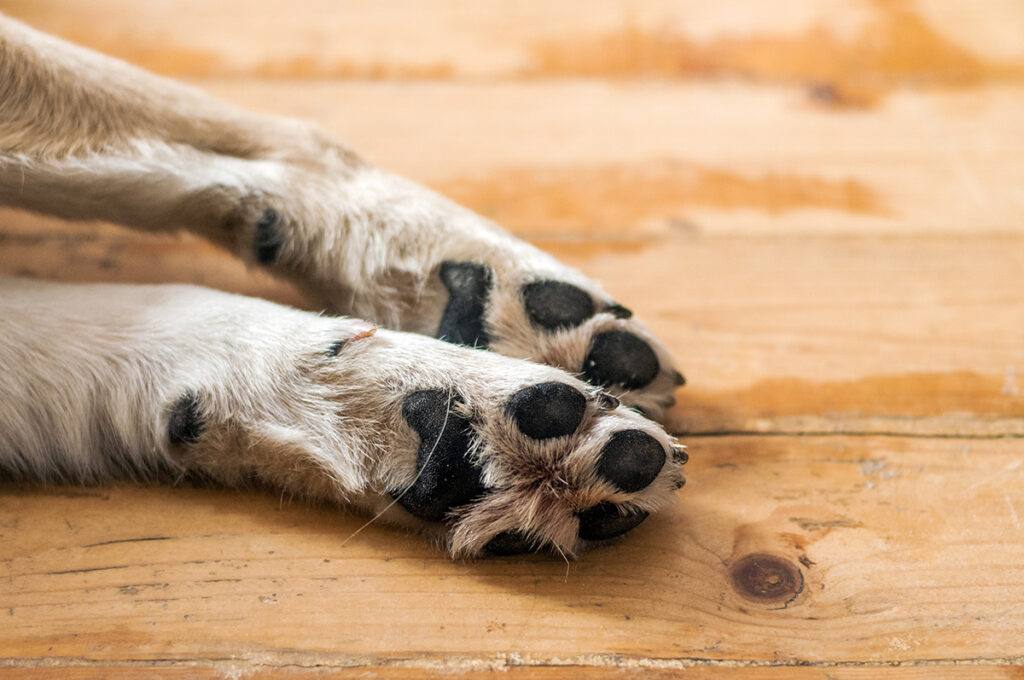
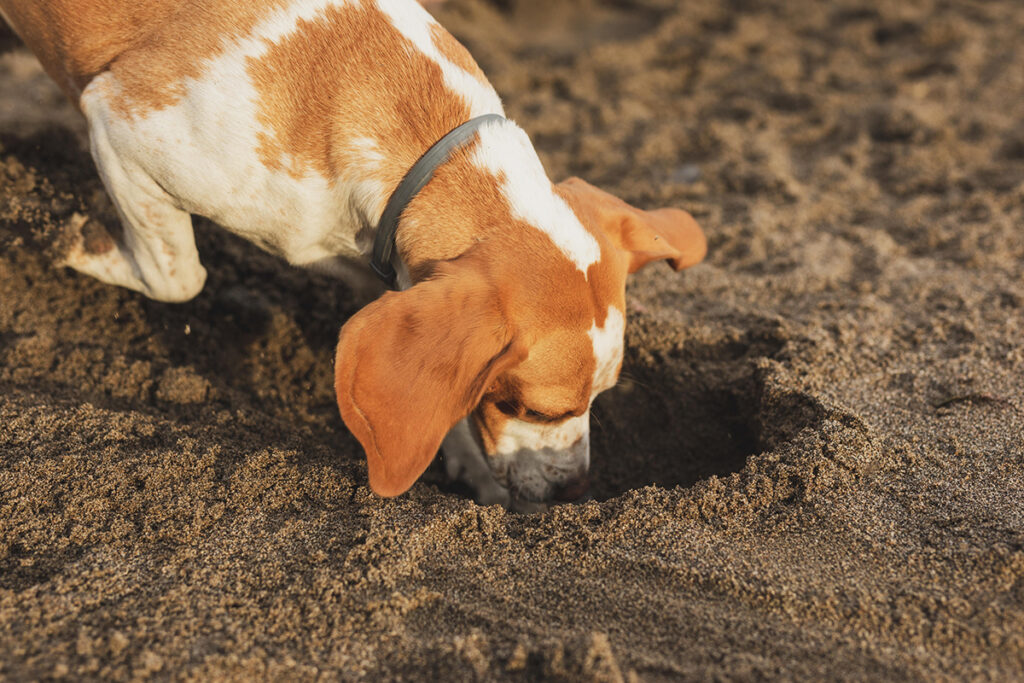
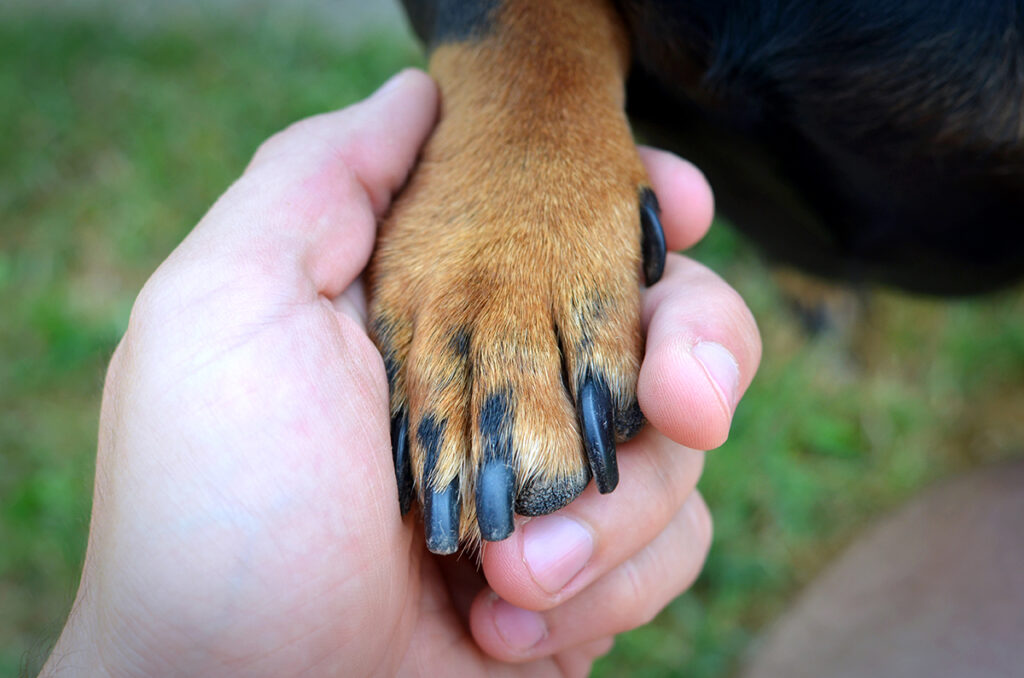
When Are Claws Too Long?
Recognizing the signs of overgrown claws is vital for maintaining a dog’s overall health. Indicators include a clicking sound when the dog walks and the potential for claws to catch on surfaces, leading to an uneven gait. Prolonged overgrown claws can result in permanent changes to posture and even structural damage over time.
Proper Claw Care Techniques:
Proper claw care involves regular trimming using the right tools and following a step-by-step procedure. Here are the tools needed and the recommended procedure:
Tools Needed:
- Claw scissors or a claw trimmer
- Regular scissors (for fur trimming)
- Balm
- Claw files (for repairing torn claws)
- Treats
Procedure:
- Never cut into the nail bed to avoid injury to nerve endings; leave approximately 3 mm.
- With light-colored claws, the quick is visible; for dark claws, use a flashlight to identify the quick. Or, as to speak, the reach of the nerve endings in it.
- Begin by trimming the tip and gradually work forward, applying even pressure.
- Position the trimmer from bottom to top for a natural claw shape.
- Apply balm after trimming.
- Regularly trim dewclaws, as they don’t touch the ground and can become ingrown.
Additional Tips:
You can help your dog with the acceptance claw trimming if you start trimming them in puppyhood. Regular monitoring also helps to keep your canine used to the procedure. A good goal is a check-up on the claws every 10 days. If your dog has a wide quick – and with it, long nerve endings – take care to shorten the nails only slightly. Never hit the nerve endings, or it will cause pain. If you just cut a bit of the claws, the endings will retract by themselves when your dog walks.
Your dog walks on his feet every day – if injuries occur, you have to take special care. If he bleeds, wait for it to stop, disinfect the wound and keep an eye out for infections. If the bleeding is strong, doesn’t stop or if you spot an infection: consult a veterinarian promptly.
Regular claw care is an integral part of responsible dog ownership. By understanding the reasons for overgrown claws, recognizing signs of overgrowth, and mastering proper trimming techniques, dog owners can ensure their furry companions maintain optimal health and mobility throughout their lives. For those seeking a deeper understanding of gait abnormalities and canine orthopedics, Dr. Blättler Monnier’s latest book, “The Canine Orthopedic Specialist’s Latest Advances,” provides vivid insights supported by real-life examples and illustrative videos.
